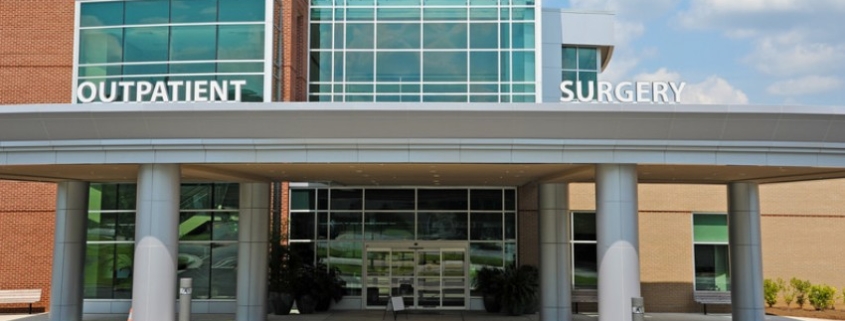Adding Healthcare To Retail Areas Is A Big Trend. But What About Adding Retail To Healthcare?
The “retailization” of healthcare is a well-documented, recent and successful trend in the country’s medical delivery model.
But what about the “healthcare-ization” of retail?
Northwestern Memorial HealthCare, a 10-hospital system in Greater Chicago, has flipped the script by strategically incorporating innovative retail and food outlets in its healthcare facilities – and it’s working. Gina Weldy, the system’s senior VP, administration, discussed the strategy during a presentation at the International Council of Shopping Centers (ICSC) RECon global convention held May 19-22 at the Las Vegas Convention Center.
“We often go into retail settings as a healthcare provider, but today I’m going to spend some time talking about how we actually deploy retail into our hospital pavilions and our medical office buildings,” Ms. Weldy told the capacity crowd during a presentation titled “How to Add Mixed-Use to a Healthcare Facility” during the Health & Wellness portion of the RECon event. “We have hospitals in the suburban markets and our core academic medical center is a block off Michigan Avenue (home to the well-known shopping district known as the Magnificent Mile), So, we by nature, have a unique retail opportunity, and I think we’ve finally learned how to leverage that.”
Ms. Weldy wasn’t talking about beefing up old-school hospital cafeterias or tired gift shops stocked only with balloons, flowers, cards and stuffed animals. No, she was talking about Northwestern Memorial’s success with bringing in hip, new and attractive restaurant operators and retailers – 36 different lessees in all – into its hospitals and outpatient pavilion settings, with a big focus on Chicago-area food and beverage operations at its massive, main hospital campus just a block off Michigan Avenue near the Streeterville neighborhood just north of the Chicago Loop.
Ever since the health system started working with a retail consultant in recent years to help it determine a retail strategy and to advise it in how to work with retailers and restaurant operators, sales have tripled in its retail spaces.
Source: HREI





